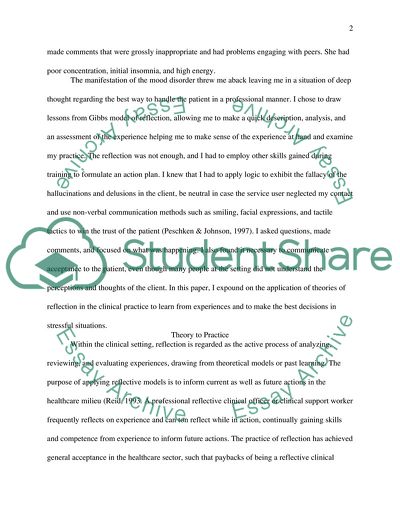Cite this document
(“Communication in Practice Essay Example | Topics and Well Written Essays - 3000 words”, n.d.)
Retrieved from https://studentshare.org/nursing/1685574-communication-in-practice
Retrieved from https://studentshare.org/nursing/1685574-communication-in-practice
(Communication in Practice Essay Example | Topics and Well Written Essays - 3000 Words)
https://studentshare.org/nursing/1685574-communication-in-practice.
https://studentshare.org/nursing/1685574-communication-in-practice.
“Communication in Practice Essay Example | Topics and Well Written Essays - 3000 Words”, n.d. https://studentshare.org/nursing/1685574-communication-in-practice.


